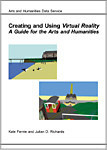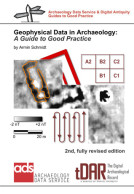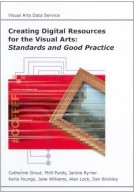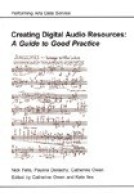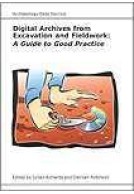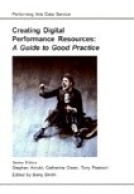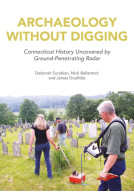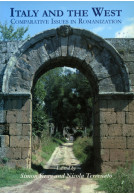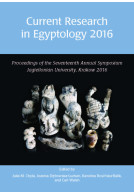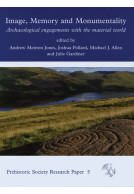Google Books previews are unavailable because you have chosen to turn off third party cookies for enhanced content. Visit our cookies page to review your cookie settings.
Creating and Using Virtual Reality (Paperback)
A Guide for the Arts and Humanities
Imprint: Oxbow Books
Series: Archaeology Data Service & Digital Antiquity Guides to Good Practice
Pages: 128
ISBN: 9781842170403
Published: 15th December 2003
Script Academic & Professional
Series: Archaeology Data Service & Digital Antiquity Guides to Good Practice
Pages: 128
ISBN: 9781842170403
Published: 15th December 2003
Script Academic & Professional
You'll be £18.00 closer to your next £10.00 credit when you purchase Creating and Using Virtual Reality. What's this?
+£4.99 UK Delivery or free UK delivery if order is over £40
(click here for international delivery rates)
Need a currency converter? Check XE.com for live rates
(click here for international delivery rates)
Need a currency converter? Check XE.com for live rates
The essence of virtual reality lies with computer-based three-dimensional environments. Often termed 'worlds', these conceptual models can be navigated, interacted with and updated in real-time. This Guide to Good Practice is intended for individuals and organisations who are interested in potential ways to use virtual reality within the arts and humanities. It concentrates on the most widely used form of virtual reality today, desk-top virtual reality, which may be distributed and viewed on-line via the World Wide Web. In these systems virtual reality worlds run on users' desk-top computers, are displayed on a standard monitor, and navigated using a mouse or 3-D space ball and keyboard. This Guide introduces virtual reality by considering its history, philosophy and theory, and discusses good practice in planning virtual reality projects. It presents the data management and documentation procedures required to enable models to be maintained, and enjoyed by the audiences for which they are intended. It also explores strategies for archiving and considers how to avoid the loss of virtual reality models as technology changes. A virtual library of case studies illustrates some applications of virtual reality in Archaeology, Architecture, Dance, Design, Fine Art, Heritage, History, Museum Studies and Theatre. Examples of worlds which allow users to interact with each other are also presented.
Other titles in the series...
Other titles in Oxbow Books...







